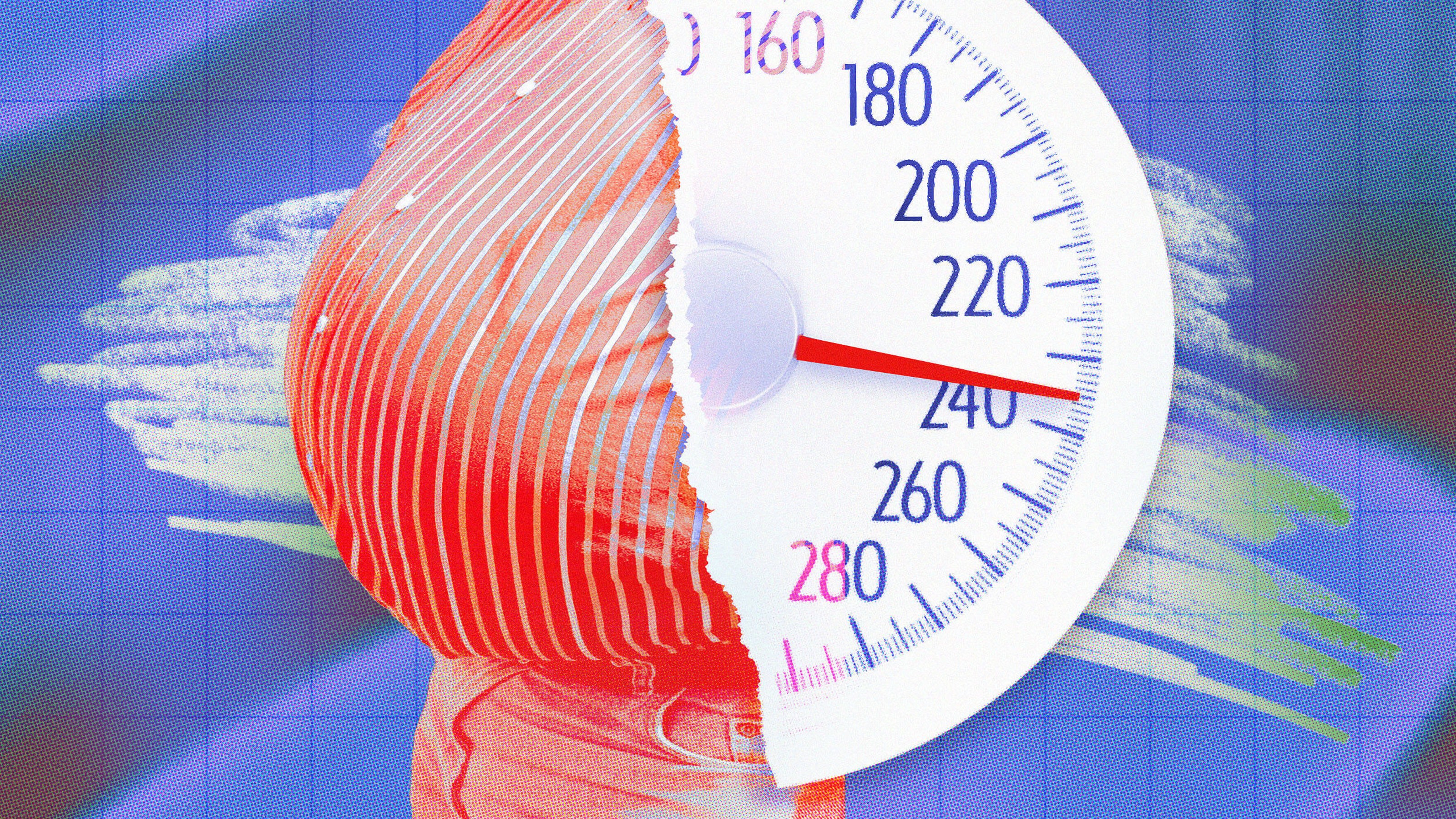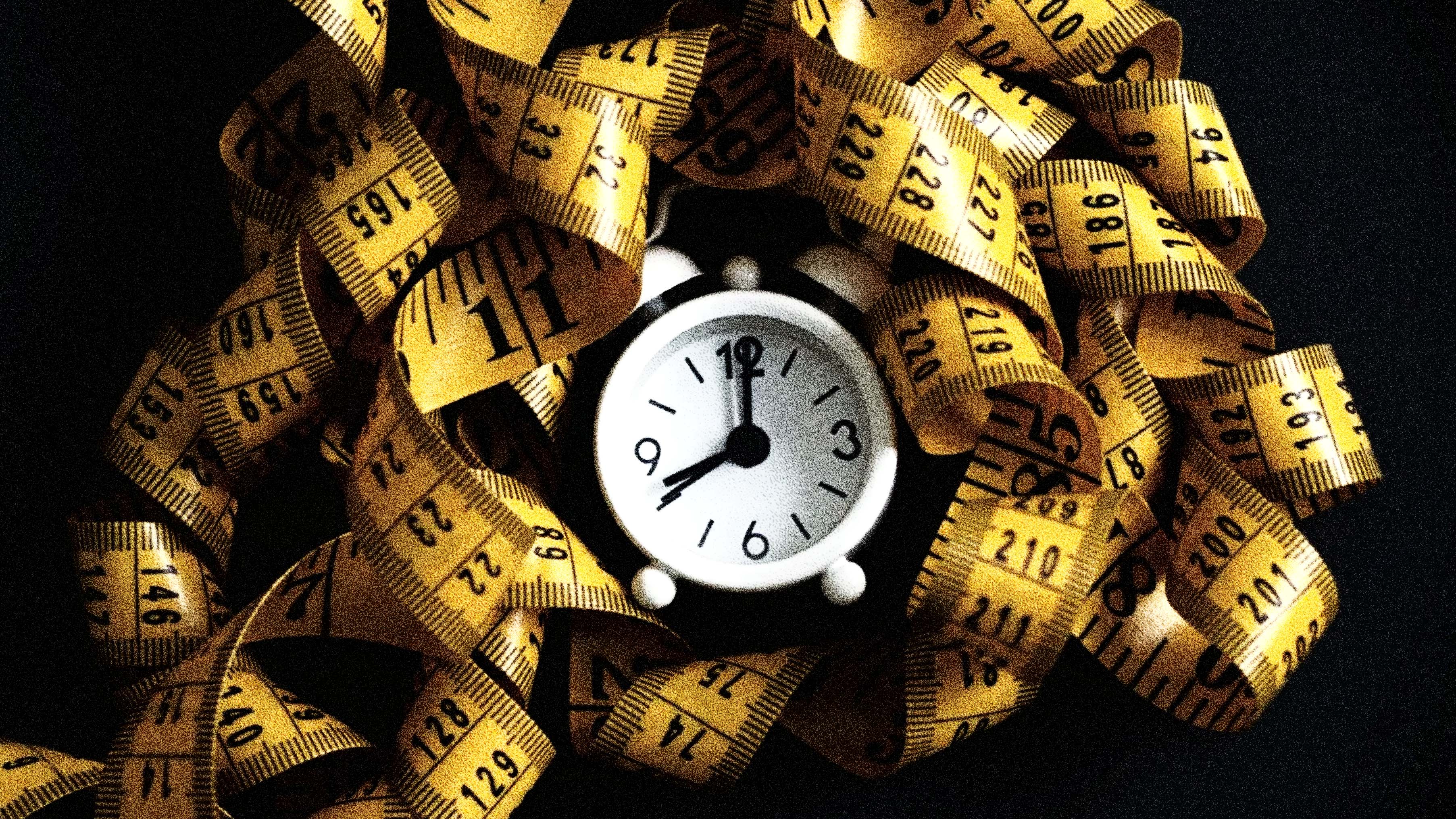Nutrisystem review: The key to losing weight—and keeping it off

Credit: Nutrisystem
- The societal and economic consequences of obesity cannot be ignored.
- The economic impact is up to $190 billion every year in America.
- Americans spend up to $2.5 billion each year on popular weight-loss programs.
Weight loss is big business. Thousands of influencers try to coax you in with brightly colored videos and overproduced photos on Instagram. They guarantee their method works for everybody. Nutrition is too complex for a one-size-fits-all plan, however. We all have different bodies with varying metabolism rates. An individualized program is more beneficial than a cookie-cutter program.
If you’ve ever tried to lose weight, you know how frustrating it is. We begin a program with enthusiasm and commitment only to trail off in a few weeks. That’s the problem with many weight loss programs: they’re like filler calories that taste good at first, only to leave you feeling hungry.
Nutrisystem was created in the 1970s by Harold Katz. The entrepreneur was living on a liquid-based diet for weight loss. While this method worked to some degree, Katz realized people want to eat real food. He spent years tweaking his system in order to help people feel sated, enjoy their food, and lose weight.
What Katz realized—what has made Nutrisystem successful in helping people lose weight for nearly five decades—is that people need personalized plans. Nutrisystem is a diet plan service with a variety of pre-packaged, ready-to-eat food, delivered at your door. The menu includes everything from burgers, pizzas and pasta to chocolate desserts and beverages. However, everything is provided following a plan of portion control and healthy eating.
Nutrisystem’s Personal Plans provide six small meals a day that are nutritionally balanced for your body. With hundreds of choices designed by expert chefs, variety will never be an issue. And the free weight loss app that accompanies each plan keeps you engaged with your program.
Sure, there are universal principles to weight loss, such as lowering your calorie intake. This is no starvation diet. Finding a diet that both satisfies daily caloric intake and keeps you engaged in a long-term commitment is challenging. This is where Nutrisystem excels.
See Nutrisystem testimonials and check the latest prices here.

Credit: Nutrisystem
The economics of obesity
The obesity crisis in America has profoundly changed the health of our nation. Two-thirds of American adults are now overweight or obese. Excess body weight creates numerous health problems, such as increased risk for heart disease, hypertension, cancer, sleep apnea, stroke, and type 2 diabetes. Tragically, the steep rise in obesity rates can, in large part, be traced back to the surge in processed foods made with filler ingredients, questionable preservatives, and excessive sugars.
That’s part of what makes losing weight so difficult. Supermarket shelves are stocked with processed foods. A whopping 74 percent of packaged foods contain added sugars, which are conveniently disguised under 61 different names, including dextrose, maltose, and treacle. You shouldn’t have to play detective every time you go to the grocery store.
Obesity has real-world consequences. Every year, up to $6.38 billion is lost in productivity costs due to obesity-related absenteeism. That number only accounts for people taking off of work. Overall, obesity-related costs in America are estimated to be $147 billion every year. One study shows that cost was $190 billion in 2005.
Overweight citizens are also more likely to suffer from poor mental health. The combination of poor self-image, social stigma, lack of exercise, and biological issues due to obesity increase the likelihood that someone will be anxious or depressed. This creates a crippling feedback loop: diets high in sugars and carbohydrates, which are fueling the rise in obesity, are also linked to poor mental health.
Many people want a solution that works. In 2014, Americans spent roughly $2.5 billion on commercial or proprietary weight loss programs. As a society, we pay the price of obesity in the form of work absenteeism, inflated health care costs, and mental health issues, and we pay trying to solve it. Finding a solution to this problem is of utmost importance.
Huge savings — Click here to buy Nutrisystem on sale.
FAQ: Answers to Your Top Nutrisystem Questionswww.youtube.com
Losing weight—and keeping it off
Calorie in, calorie out is a simplistic approach to weight loss. We have different metabolism rates; the constitution of our microbiomes vary. Calorie-counting is one method that’s nearly guaranteed to fizzle out. This method also overlooks one of the most important aspects of weight loss: food is emotional. Few people stick to diets they don’t enjoy.
This is where Nutrisystem comes in. Instead of a false promise of rapid weight loss, the Nutrisystem Personal Plan is designed to help you lose a healthy 1-2 pounds every week while enjoying your favorite foods. More importantly, the weight stays off.
What you won’t get in your Nutrisystem deliveries are excess fillers and hidden sugars prevalent in packaged foods. There are no artificial flavors or sweeteners, high-fructose corn syrup, trans fat, or artificial colorings. You’ll never receive deep-fried foods, fatty cut meats, potatoes, full-fat dairy, pasta, or ice cream. Every meal is created by an expert chef and all plans are reviewed by a Science Advisory Board.
If you suffer from type 2 diabetes or are pre-diabetic, Nutrisystem has a plan for you. They also offer a wonderful vegetarian option. Beyond these two plans, Nutrisystem offers four others:
- Nutrisystem Basic. Three pre-planned meals a day plus snacks, designed for customers that want to lose weight and maintain lean muscle.
- Nutrisystem Core. Three meals plus snacks that you choose from over 100 different foods. Customers at this level have access to a certified dietary coach.
- Uniquely Yours. The most popular meal plan lets customers choose from over 160 meals, including frozen meals.
- Uniquely Yours Ultimate. All of the above plus an additional 28 shake options.
Most importantly, all meals are balanced. That means you’ll only receive meals that meet national guidelines for total fat, saturated fat, trans fat, sodium, carbohydrates, fiber, protein, and added sugars. Once you’ve hit your target weight, Nutrisystem offers maintenance programs so that you keep it off for good.
The flexibility in Nutrisystem’s program makes it even more effective. You’ll never feel guilty about “cheat meals”—Nutrisystem offers guidance to eating at restaurants so that you won’t have to sacrifice an evening out. By having your meals and snacks delivered, you’ll save time in the kitchen. And the Nutrisystem app offers free counseling services, lifestyle hacks, and progress tracking.
Nutrisystem realizes no one loses weight by themselves. By signing up for a Personal Plan, you’ll have access to trained weight-loss coaches, registered dietitians, and certified diabetes educators. In 2019, Newsweek ranked Nutrisystem #1 in customer service for nutrition and weight-loss programs. This might be the program you’ve been looking for.






